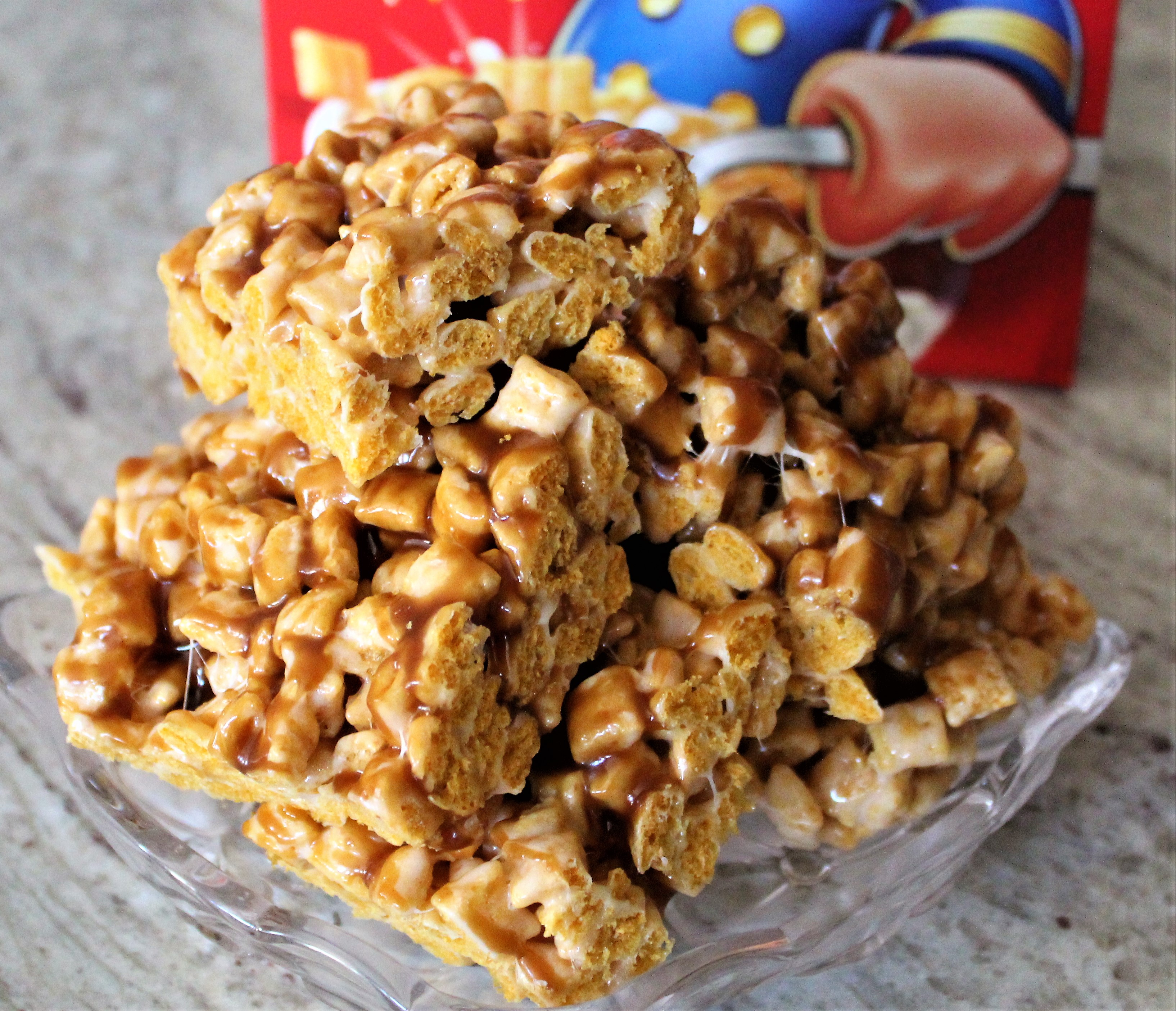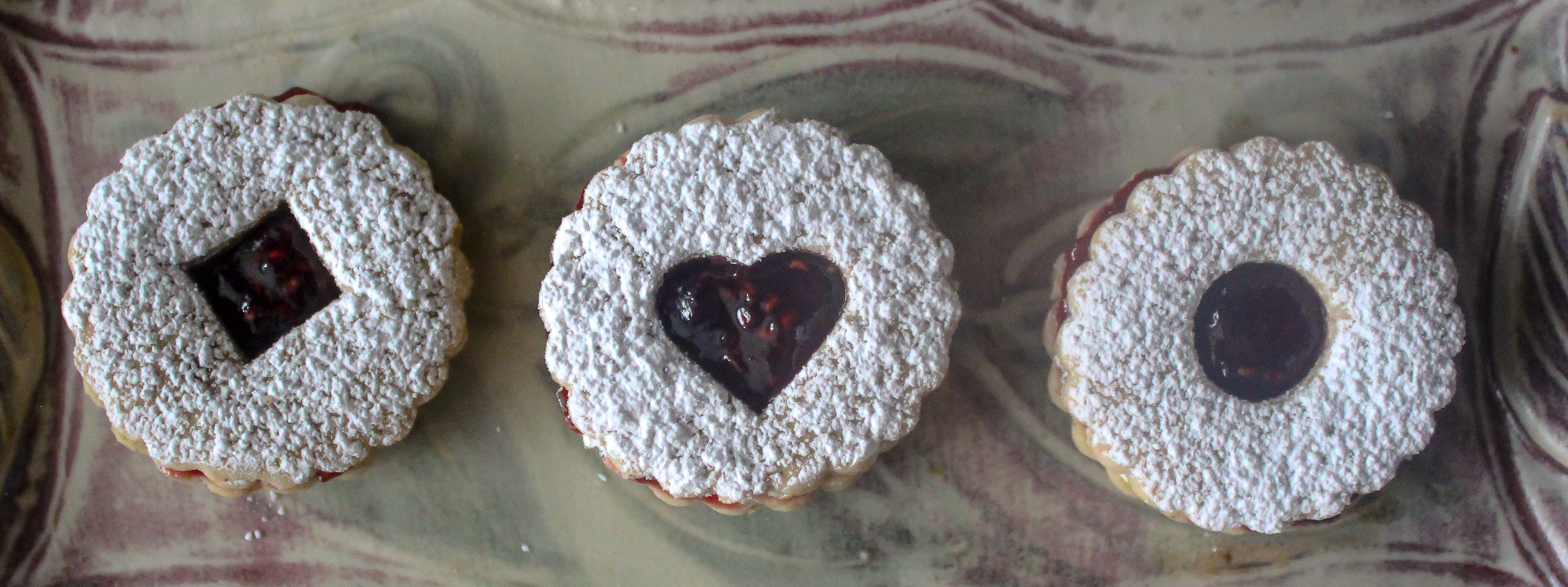
What Makes a Perfect Macaron: The Ultimate Guide

A “perfect” macaron is certainly highly subjective…but most people seem to have a bad macaron experience under their belt. The macarons are too sweet, too chewy, too crunchy…dry, hard, tasteless, overpriced. Unfortunately, because macarons are trendy, there’s seems to be a lot more bad than good out there, and I’ve found that even online macaron recipes are rife with problems that would account for supbar taste and texture. I’ve created this guide to help you figure out how to elevate your approach to macaron-making…and eating! We all have our own personal preferences, of course, so I’d just like to give a disclaimer that my perfect macaron anatomy doesn’t have to be yours 🙂


A little about me: I owned & founded Poeme Macarons (my beautiful baking baby…aka, my macaron shop!) ! The experience was equal parts exciting and stressful, and has taught me heaps about not only business, but also how to consistently create an excellent, “perfect” macaron. I think the macarons we make at Poeme are pretty unique, both in texture and flavor, so I thought I’d share the qualities I look for when creating my macarons for those of you who might be wanting something different than your average macaron recipe post.

Creating the Perfect Macaron
Texturally, a macaron is perhaps at it’s most unique and delicious compared to other desserts. I remember when I tried my first macaron, what stood out to me wasn’t the flavor (it was just a dark chocolate macaron, so nothing crazy), but the texture–it was something I’d never had before.
At the same time, I know that many macarons have struggled from disappointing texture. Too many have been overly crunchy, so chewy you consider calling your dentist for some emergency dental repair, or even mushy/soggy. It’s truly a shame, because when you experience a perfectly textured macaron, you want to bottle up that moment and never leave.

Perfect Macaron Texture
What do I think the “perfect” macaron texture is, and how does one achieve this? Well, let’s start with the first question: my perfect “Poeme” macaron is light, fluffy, melts in your mouth, but also has a delicate crispness and subtle chew. The number one thing to understand is that this is a composed pastry; although it may look like a sandwich cookie, you shouldn’t experience a separation from the shell and the filling. Instead, all components should be fused into one complete bite. A good way to test this: try pulling the shells apart form the filling, like an oreo (sacrilegious for a macaron, but it’s for science!). If they pull cleanly off, that macaron will be bad, to put it bluntly–it hasn’t matured correctly and will probably taste “stale” (overly chewy, or even hard).

“Maturation” is a process a macaron must undergo before achieving optimal flavor and texture. Maturation is achieved by leaving a filled macaron in the fridge for at least 24 hours before eating it (at room temperature, of course). What happens during this process is delicious black magic: a previously chewy cookie becomes soft, delicate, and light as air. The moisture from the filling softens the macaron shell slowly and creates one harmonious bite. It’s marvelous, and requires some serious patience. Now, 24 hours is really just a guideline–depending on the fillings you’re using, it may take 2-3 days to get to the right texture. I always find that low-moisture fillings, like ganache, will take longer than fillings that incorporate jams or fruit curds.
A word of caution: some fillings will be too high-moisture for a macaron shell, such as whipped cream. If you fill a macaron with a high-moisture filling, it will become eventually become soggy within a few hours or day. ONLY fill macarons with high-moisture fillings if you want to eat them very soon–they won’t last long. Read more about fillings below!

Macaron Fillings

To get to a light, fluffy, melt-in-your-mouth texture, you also have to be mindful of the fillings you choose to put in a macaron. It really comes down to moisture content. You want a filling that will permeate the shells nicely, but not make them soggy. Certain fillings, like a non-stabilized whipped cream, will rapidly speed up the maturation process (aka make them soggy really quick).
If you want a whipped cream macaron, the upside is that you will probably be able to eat it with proper texture just 1-2 hours after filling, but the downside is that it won’t last longer than one day before becoming a mushy pile of sugary disaster. So, in order for a macaron to last the typical lifetime of 1-2 weeks in the fridge or 3 months frozen, you need to be mindful of your filling.

The simplest fillings people usually chose are ganaches or buttercreams, sometimes with a dollop of jam in the center. The upside to these: they’re generally pretty stable (especially if you use American buttercream). However, I find that these fillings usually aren’t the best choice when it comes to optimal flavor and texture (at least used on their own, with the exception chocolate ganache in certain flavors). I don’t like using American buttercream because it’s WAY too sweet (even when combined with another filling, like a jam) and not that creamy (it tends to be a bit grainy, since the sugar doesn’t fully dissolve).
Ganache can also be a touchy subject–I would recommend using dark or milk chocolate ganaches for appropriate flavors, but to steer clear of white chocolate ganache as a base. I know this is controversial (many macaron makers LOVE their white chocolate ganache!), but I think white chocolate ganache is too sweet and strongly flavored–it always has a taste of white chocolate, even with other flavors added. Use white chocolate ganache to fill macarons ONLY when you want the flavor to include white chocolate, preferably with a fudgy texture.
White chocolate ganache is incredibly stable, though, which is why many choose to use it. However, if you keep reading, I’ll give you some filling alternatives that will result in a more luscious texture and intense flavor for your macarons, without sacrificing stability 🙂



Buttercreams
I urge you to try out different styles of buttercream; my favorite ones to fill macarons with are Swiss and French buttercreams. Italian buttercream also works well (I just prefer Swiss). Swiss buttercream is fluffier, as it uses egg whites (they’re cooked with sugar to a safe temp, so no worries about raw eggs!); I like to use it for lighter textures (usually fruity flavors). You can even use brown sugar and brown butter in place of the white sugar and normal butter when you make Swiss for a deeper, nuttier flavor! French buttercream is one of the most luscious things you’ll ever taste–it’s incredibly silky in texture; it uses raw egg yolks and a hot sugar syrup, so to be safe, I like to use pasteurized eggs with this one.

Even with these fancy buttercreams, I still think that filling a macaron with JUST buttercream is bad–frankly, buttercream is too sweet and not intensely-flavored enough. Because macaron shells are essentially a meringue (egg whites and sugar), you NEED to make your fillings super intense and not too sweet (it will all balance out when it comes together).
What I like to do is add a higher-moisture, more intensely flavored center filling and surround it with buttercream. By more “intensely-flavored” I mean that you want the filling to taste too strong for the average person if you try it on its own. For example, I’ll make my lemon curd extraaaa tart. This also means most fillings are better homemade, as store-bought ones tend to be sweeter than you’d want in a macaron. It will greatly balance out the sweetness of the shells and buttercream.

Center Macaron Filling Ideas (surrounded by buttercream):
- Pastry cream–you can do almost any flavor with pastry cream, and it’s soooo silky and decadent.
- Homemade jams–make these looser (I will not use pectin for these) and less sweet than ones you find in the store for a fresher, stronger flavor and creamier texture.
- Fruit curds–this isn’t confined to just lemon or citrus fruits; you can make curds from almost any fruit, and add fresh herbs or spices to flavor them further (strawberry-basil curd is one of my favorite macaron center fillings!). Use curd instead of jam when you want a less fruity, more creamy or milky texture. A strawberries and cream flavor would be perfect with strawberry curd in the center and a fluffy strawberry swiss meringue around it!
- Butterscotch or Salted Caramel Sauce–I like to make these a little heavier on the salt for more balance in the macaron (the pastry has so much sugar that you won’t be able to taste the salt if you make it as you might normally). I also like to cook them a little less after the cream is added, because I like a gooey, almost liquid caramel center when it’s at room temperature (I’m all about creamy textures!).
- Pie fillings–You can make homemade pie-fillings (like pumpkin, apple, cherry, etc…) and put them in the center of your macaron. Surround it with your choice of buttercream, appropriately flavored, of course. The pie filling can be made in a pie dish without the crust, and baked the same way you would a normal pie. Try to make sure the filling is extra-intense! I find that this makes the macaron truly taste like a bite-sized version of the pie you’re hoping to emulate–imagine, a real pumpkin pie macaron rather than just pumpkin spice 🙂
- Nut Butters/Cookie Butters
- You’re own creations and experimentations! Just make sure it’s strongly-flavored and not overly sweet!


Flavor Your Macaron Shells
There’s a lot of talk about what a macaron shell is supposed to look like, with its smooth top and ruffled “feet,” but you also need to think about the flavor and texture. I’ve seen a lot of discussion between the French method and Italian meringue method, and I would personally recommend to use whichever one works the best for your oven, climate, and environment. My macarons use the French method, as I prefer the exquisite lightness and delicate qualities it provides; however, you can still make a delicate, not overly-sweet Italian meringue macaron as well. It really comes down to how you flavor every component–and that includes the shells!

I’ve written up a detailed, helpful guide on adding flavorings to macaron shells here. I know that flavoring shells is controversial (some people think it makes no difference)–but trust me, as someone who regularly flavors my shells, it makes ALL the difference. It just requires you to use the right types of flavors that will get you the taste and aroma you want, without sacrificing the macaron texture (and it usually means not using common baking flavorings, like extracts).
Final Thoughts

Although taste is subjective, I hope that this post gave you some ideas to look for when creating your macarons. At Poeme, I make them different than your average chewy macaron–they melt-in-your-mouth and are impossibly light! I think sometimes macarons seem to be more focused on the “look” than the taste, so I created this guide for those of you seeking to make the best bite possible (not to discredit all the amazing macaron artists out there…it’s just there’s already so many posts on how a macaron should look that often forgets taste!). Have fun experimenting with macarons 🙂

Related
You May Also Like

Recipe: Butterscotch Captain Crunch “Krispies”
March 10, 2019
Recipe: Whole Wheat Blueberry-Cinnamon Oat Bars
August 29, 2019
